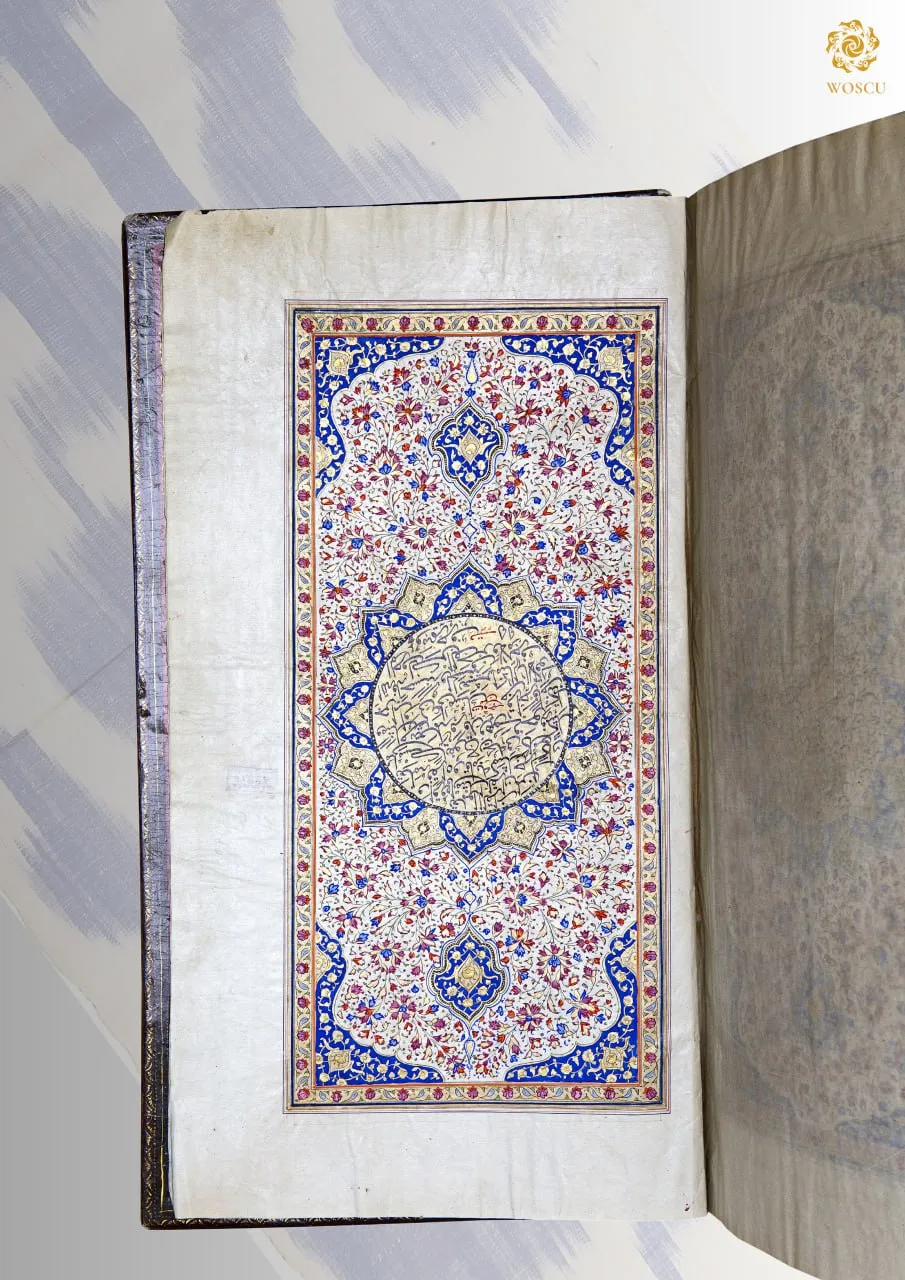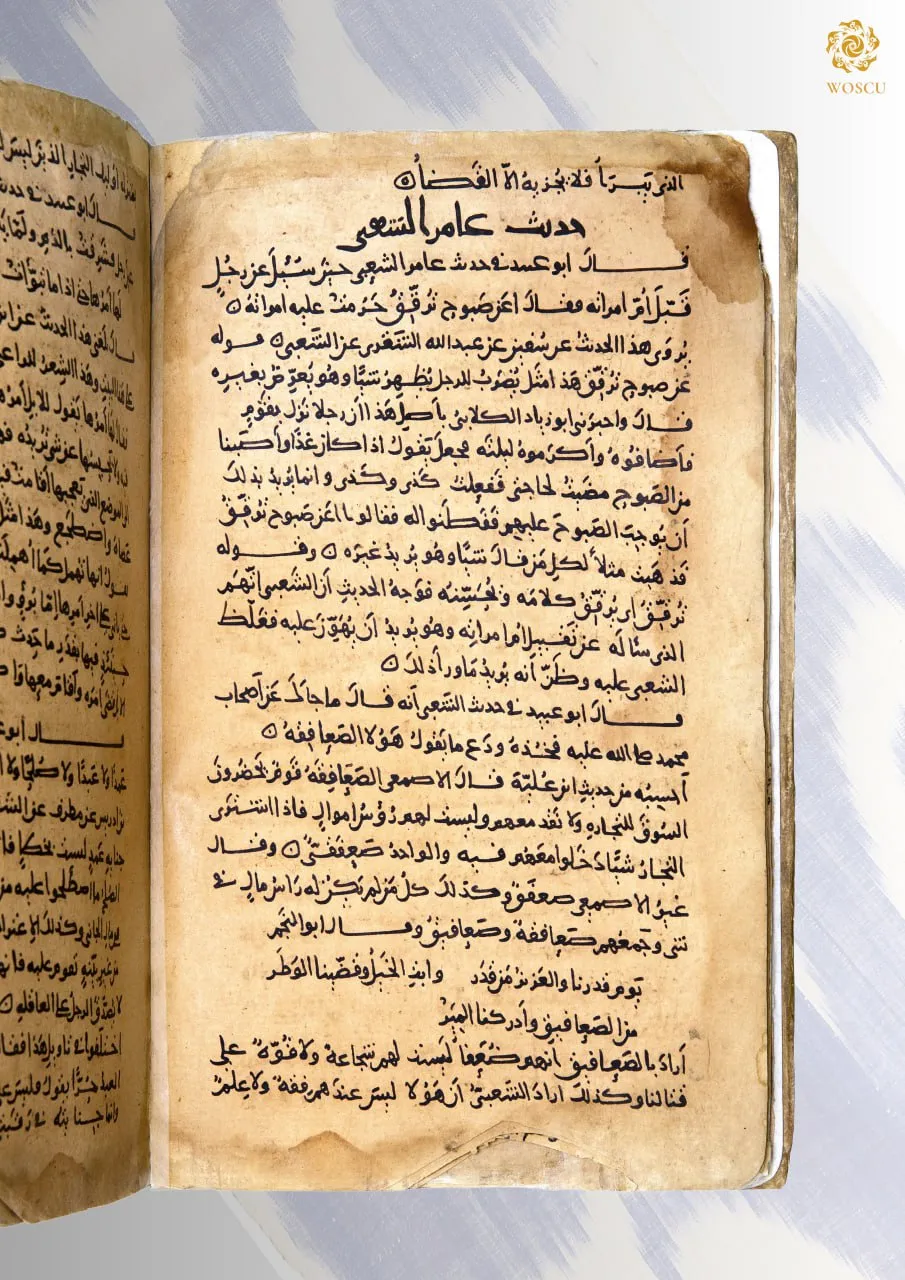
A person who considered himself a calligrapher had to be aware of all rules of writing in the abovementioned scripts and follow these rules in writing. In its turn, it demanded sufficient knowledge, talent and attention from a calligrapher.
The c alligrapher was one of the main makers and creators of a book. All negotiations on creation of manuscript were held with the calligrapher. He not only transcribed the text but planned absolutely everything concerning its design. In particular, he indicated spaces on pages for decoration and miniatures, thus predetermining the range of work of miniature painters and designer involved in making a new book. The calligrapher chose this or that script, calculated the number of columns per page and arranged the lines of poems on book pages in accordance with the content and purpose of the book. For example, transcribing the poetical poems, qhazals, mustazads, musaddas and others were placed in a special way, and even ruba’i, tuyuk, chiston and fard were illustrated in order to highlight them.
Poetic works such as masnavi, qasida and saqinama were illustrated with peculiar compositions. It was obligatory for a calligrapher to know perfectly the basic types of script such as Naskh, Nasta’liq and Thuluth that were common in Central Asia. Naskh script was used to transcribe the Qur’an and the Hadith, while Nasta’liq was often used to transcribe belles-lettres and works on history.

Thuluth script was used for transcribing scientific works and for highlighting the headings of artistic works, titles of parts, chapters and cycles. The calligraphers used Rayhani script to transcribe prose works and calendars. Sometimes, they used Shikaste script for belles-lettres, Tawki for legislative documents, decrees and resolutions, and Riq’a for records management and correspondence.
You can learn more about this topic in the book-album “The Collection of the Al-Biruni Institute of Oriental studies, the Academy of Sciences of the Republic of Uzbekistan” (part five, “Miniature and Calligraphy”) (Volume XXV) from the series "The Cultural Legacy of Uzbekistan".
The main sponsor of the project is the oilfield services company Eriell-Group.
